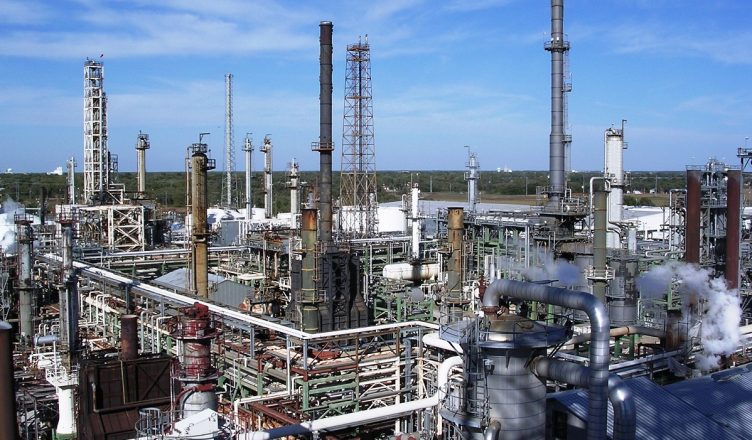Industrial agglomeration is the result of the free moving and free configuring of productive factors. It is an inevitable phenomenon that industries highly concentrated in a particular area under the conditions of market economy. Because agglomeration can promote economic development and enhance regional competitiveness, finding out the evolution laws of agglomeration is helpful to develop appropriate regional strategies and industrial policies.Industrial agglomeration has been guided by government in the period of planned economy, industrial structure was inefficient. In the process from planned economy transferring to market economy, the fluidity of product factors has been enforced, many industries’ location are guided by the economic rule instead of government planned policy, industrial layout has changed dramatically.
New Economic Geography theory suggests that the industrial agglomeration and regional integration take on a reversed “U” curve under the interaction between scale of economy and transportation costs, that is, inter-regional transport costs continue to decline with the development of market economy, and the geographic layout of industries will be dispersed after gathering.
Based on the theory this paper analyses the location selection and geographical evolution of different industries.By calculating the EG index and CR3 of 18 industries in China through 15 years, this paper obtained a relatively complete and detailed evolution trend of the industrial agglomeration. The results showed that many manufacturing industries’EG indexes increased which was consistent with their CR3s, such as chemical fiber manufacturing industry, electronics and telecommunications equipment manufacturing industry, instrumentation and Cultural office machinery manufacturing, textiles, electrical machinery and equipment manufacturing industry, food processing and manufacturing, paper and paper products industry, chemical fuel and chemical products industry, which basically belong to technology-intensive and labor-intensive industries. But there also same industries whose EG indexes remain unchanged, such as beverage manufacturing, oil processing and coking industry, pharmaceutical manufacturing, fabricated metal products, ferrous metal smelting and rolling processing industry, non-ferrous metal smelting and rolling processing industry, these industries are basically resource-intensive industries.

